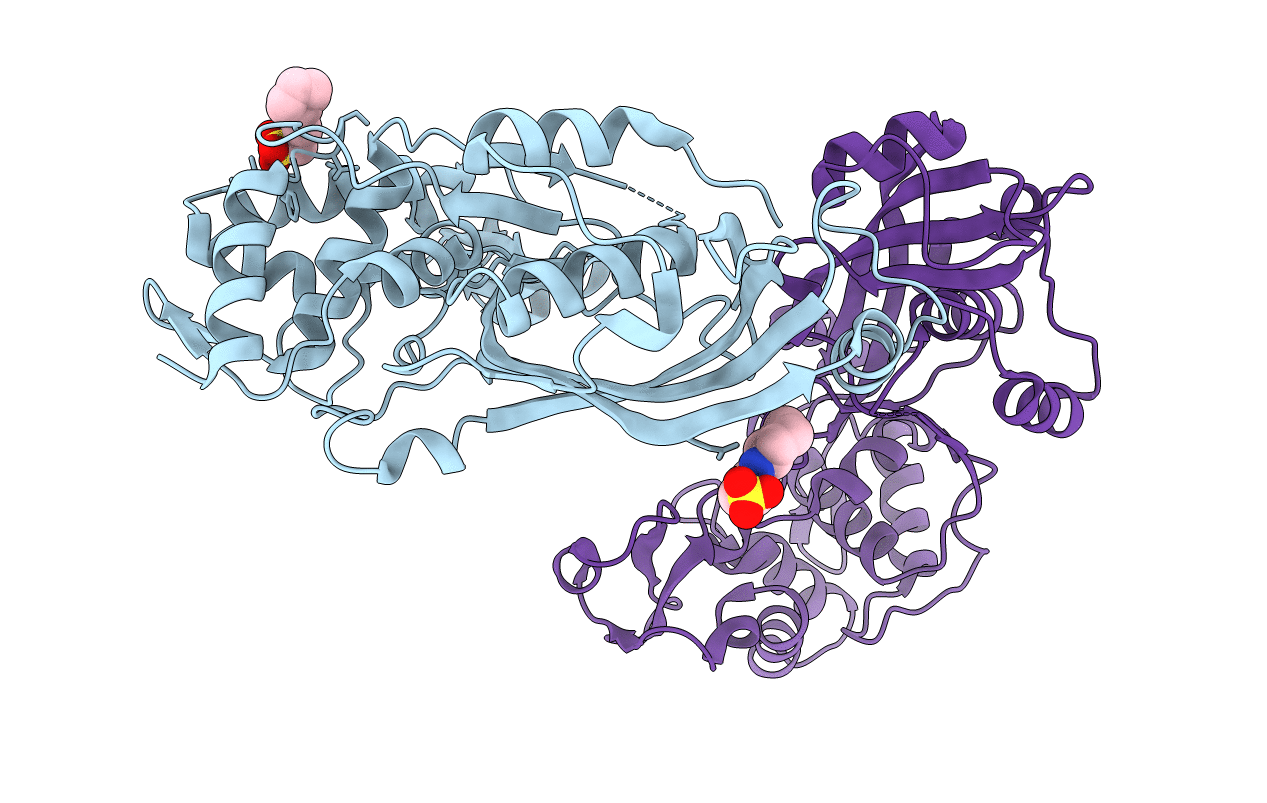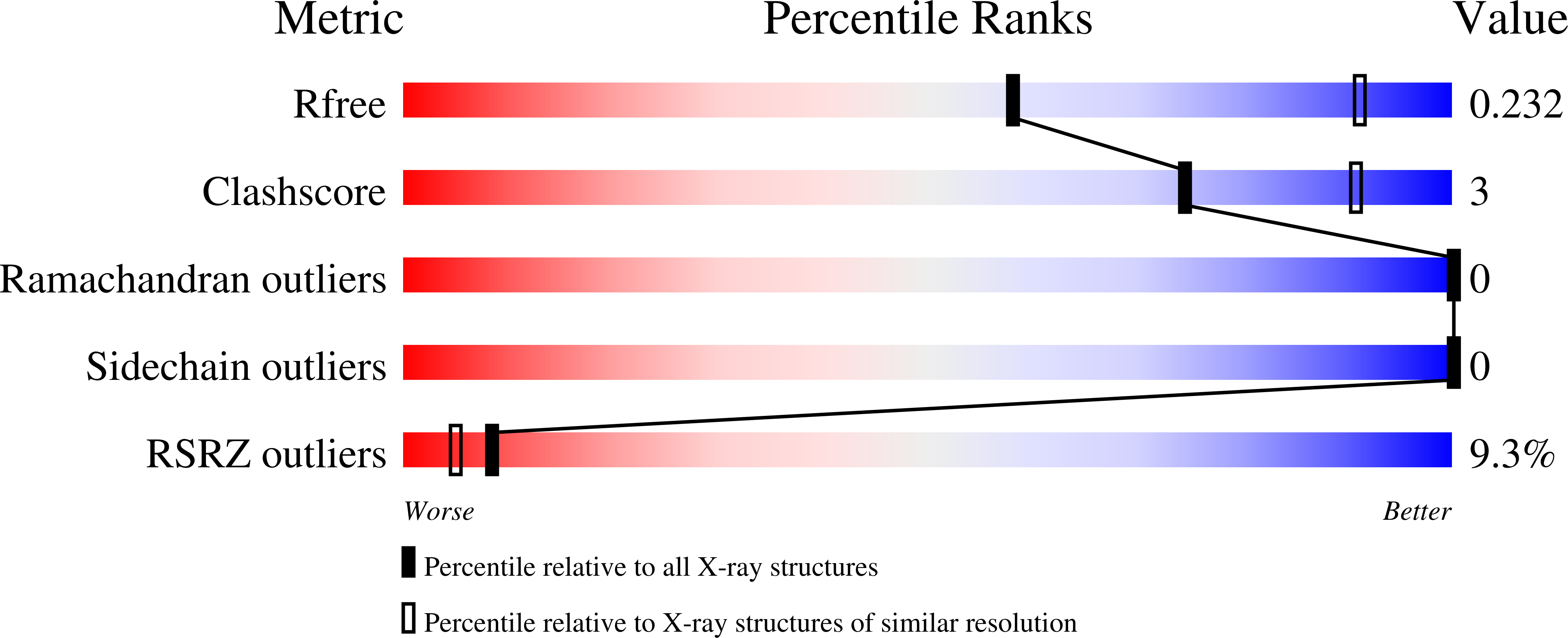
Deposition Date
2011-09-21
Release Date
2011-10-12
Last Version Date
2024-10-16
Entry Detail
PDB ID:
3TW5
Keywords:
Title:
Crystal structure of the GP42 transglutaminase from Phytophthora sojae
Biological Source:
Source Organism:
Phytophthora sojae (Taxon ID: 67593)
Host Organism:
Method Details:
Experimental Method:
Resolution:
2.95 Å
R-Value Free:
0.23
R-Value Work:
0.21
R-Value Observed:
0.21
Space Group:
P 62 2 2


